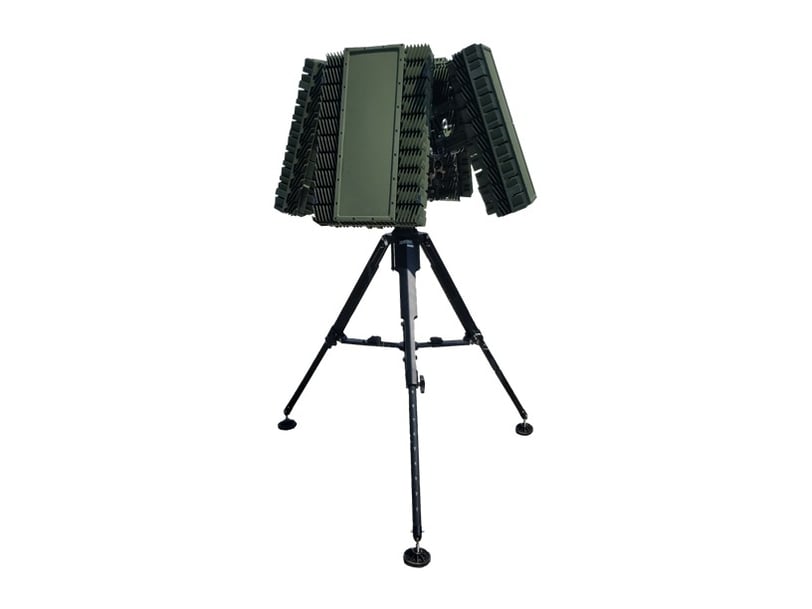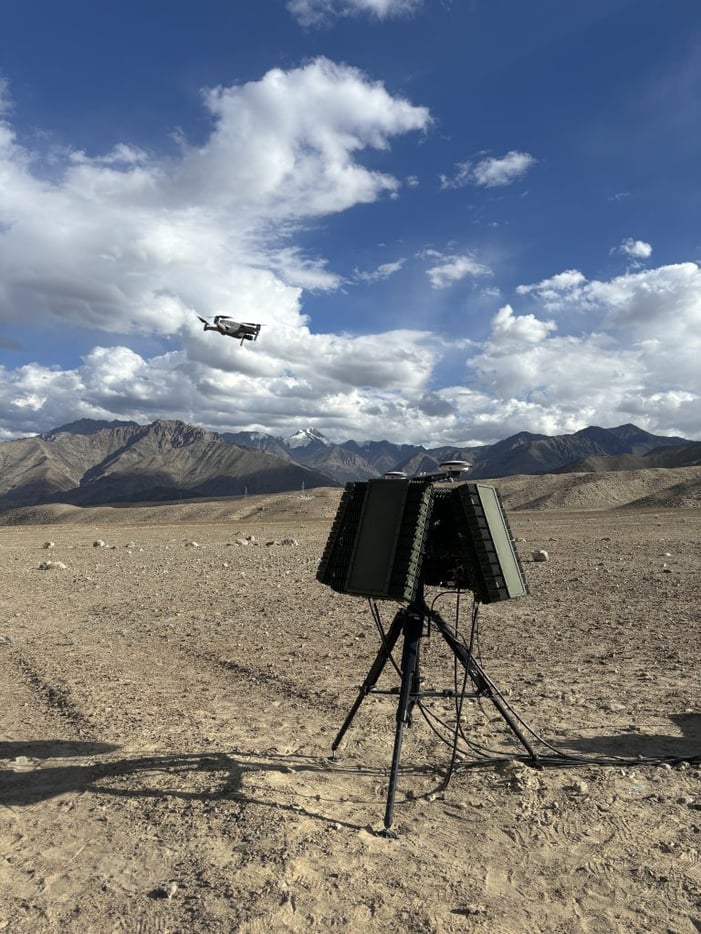The Indian Air Force is seeking for an AESA Low Level Light Weight Radar
NEWS
4/14/20254 min read


Introduction
The Indian Air Force is seeking to bolster its air defence capabilities through a Request for Information (RFI) for the Low Level Light Weight Radar (LLLWR) MK-II, issued by the Ministry of Defence, Government of India. This initiative targets registered Indian vendors, highlighting a push for indigenous defence manufacturing. The RFI outlines specific requirements for a radar system designed to operate in challenging environments, such as high altitudes, and includes advanced features like drone detection.
Operational and Technical Details
The LLLWR MK-II is engineered for air defence surveillance, utilizing Solid State TR modules with Gallium Nitride (GaN) technology for enhanced performance. It features an integrated Identification Friend or Foe (IFF) system and an additional X-band radar for detecting drones, ensuring comprehensive threat coverage. The radar is vehicle-mounted, mobile across all terrains, and capable of operating at altitudes up to 6,000 meters, with independent power systems for high-altitude operations.
Procurement Process
Vendors must respond by June 24, 2025, with detailed submissions including company details, product specifications, and compliance tables. The evaluation will follow a 'Single Stage-Two Bid System,' involving technical assessments, field trials, and selection of the lowest cost bidder. Vendors need to meet criteria like being Indian entities with at least two years of experience and financial thresholds, such as an average turnover of 30% of the estimated cost.
Overview and Context
The Ministry of Defence, Government of India, has issued a Request for Information (RFI) for the procurement of the Low Level Light Weight Radar (LLLWR) MK-II, specifically for the Indian Air Force. This RFI, dated April 14, 2025, is structured into three parts: operational characteristics, vendor response methodology, and vendor selection criteria under 'Buy Indian (IDDM)' and 'Buy (Indian)' categories, aligning with the Defence Acquisition Procedure (DAP) 2020. The focus on Indian vendors underscores the government's commitment to the "Make in India" initiative, aiming to enhance domestic defence production and reduce reliance on imports.
The RFI is a preliminary step in the procurement process, issued without financial commitment, and the Ministry reserves the right to modify or withdraw it. This approach allows for gathering market capabilities and refining requirements before a formal tender, ensuring a robust selection process for a critical air defence asset.
Operational Requirements and Technical Specifications
The LLLWR MK-II is designed for air defence surveillance, utilizing advanced technologies to meet the IAF's operational needs. Key features include:
Technology and Design: The radar employs Solid State TR modules with Gallium Nitride (GaN) technology, known for higher power density and efficiency, enhancing detection range and reliability. It includes an integrated IFF system, supporting modes like Mode 1, 2, 3/A, C, ICAO Mode S, and Mode 4 (Level 2), with a range of 200 km or more.
Drone Detection: An additional X-band radar is co-mounted with the main antenna for detecting low RCS targets like drones, operating within approved Defence bands. Vendors must specify detection ranges for various RCS values (0.01 m², 0.05 m², 0.5 m², 2 m²), ensuring scalability and integration with Counter Unmanned Aerial Systems (CUAS).
Mobility and Deployment: The system is vehicle-mounted on a high-mobility 4x4 platform, transportable by road, rail, and air, and can be underslung from IAF helicopters like the Chinook. Deployment time is rapid, with the radar operational within 15 minutes and the complete system within 30 minutes, using a maximum of four personnel.
Environmental Resilience: Capable of operating at altitudes up to 6,000 meters and above, in mountainous, desert, and coastal areas, with wind tolerance up to 55 knots operational and 90 knots survival. It is NBC-protected, ensuring functionality in extreme conditions, with temperatures ranging from -20°C to 55°C.
Detailed technical specifications from Appendix A include:
Detection range: 120 km for 2 m² RCS, 60 km for 0.2 m² RCS.
Height coverage: 30 meters to 12 km, with elevation coverage of 50 degrees or better.
Tracking capacity: Up to 100 targets with track-while-scan technology.
Accuracy and resolution: Vendors must specify for range, azimuth, height, and Doppler.
ECCM features: Include frequency agility, low side lobes (<25 dB), and anti-jamming capabilities.
The system also features advanced data presentation, with operator simulation for training, and navigation via GNSS with backup systems, migratable to Indian Regional Navigation Satellite System (IRNSS).
Delivery and Production
The Ministry requires delivery to start 18 months from contract award, at a rate of six radars per year. Vendors must confirm their maximum annual manufacturing capacity, ensuring timely integration into the IAF's air defence network. This schedule is critical for addressing operational gaps and enhancing readiness.
BEL Low Level Light Weight Radar (Improved)
LLLR(I) Radar is a Pulse-Doppler, software-defined radar platform incorporates an AESA antenna and GaN amplifiers with advanced 3D processing capabilities, providing unprecedented clutter handling and multipath mitigation. The radar is employing state of art Active Phased Array Radar with Digital Beam Forming Technology. It is a next generation true multi-mission radar with optimal performance against a wide variety of targets including low RCS targets Drone and UAVs. It’sa non-moving radar with four phased array antenna panels covering 360°. The antenna panels are fixed on tripod, passively cooled, with no mechanical motion and no moving parts or liquids, for extreme reliability and long MTBF.
Key Features:
AESA radar with Solid State technology.
GaN amplifiers with Digital Beam Forming technology
Agile multiple beams in elevation.
Mono pulse technique providing very accurate tracking in elevation
Track While Scan automatictracking
Built-in Self-Test feature
Extensive electronic counter-counter measure (ECCM) capability.
CDU provides full remote control of the radar modes, displays the Air situation picture using HMI
Target indication to weapon systems through wired or wireless communication medium
Light weight operable in plains, desert and high altitude terrain.
Man portable and transportable by ‘In Service’ Load Carrying Vehicles
BEL Low Level Light Weight Radar (Improved)


